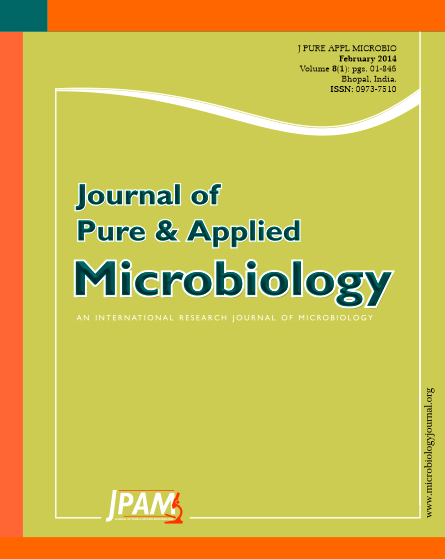The biosynthesis of metal nanoparticles is an expanding research area due to the potential applications for the ecofriendly development of novel technologies. Present study reported the antimicrobial properties of zinc oxide and manganese oxide nano-particles were investigated using : Gram positive bacteria namely (Bacillus megaterium, Bacillus subtilus, Sarcina lutea and Staphylococcus aureus), Gram negative bacteria (Escherichia coli, Pseudomonas aeruginosa, Klebsiella pneumoniae and proteus vulgaris) and the pathogenic yeast (Candida albicans and fungi Aspergillus niger). The average sizes of the zinc and manganese nanoparticles were 111nm and 157 nm, respectively, as determined through transmission electron microscopy. The microbial effect of zinc oxide and manganese oxide nano-particles were compared based on diameter of inhibition zone in well diffusion tests and minimum inhibitory concentration (MIC). Bacterial sensitivity to nanoparticles was found to vary depending on the microbial species. Well diffusion studies with E. coli and B.subtilis revealed greater effectiveness of the zinc nanoparticles compared to the manganese nanoparticles. P. aeruginosa depicted the highest sensitivity to nanoparticles compared to the other strains and was more adversely affected by the manganese than zinc nanoparticles. Good correlation was observed between MIC and minimum bactericidal concentration (MBC) measured in liquid cultures. For zinc nanoparticles a good negative correlation was observed between the inhibition zone observed in disk diffusion test and MIC/MBC determined based on liquid cultures with the various strains.
Nanoparticles, zinc, Manganese, Antimicrobial, MIC, MBC
© The Author(s) 2014. Open Access. This article is distributed under the terms of the Creative Commons Attribution 4.0 International License which permits unrestricted use, sharing, distribution, and reproduction in any medium, provided you give appropriate credit to the original author(s) and the source, provide a link to the Creative Commons license, and indicate if changes were made.


